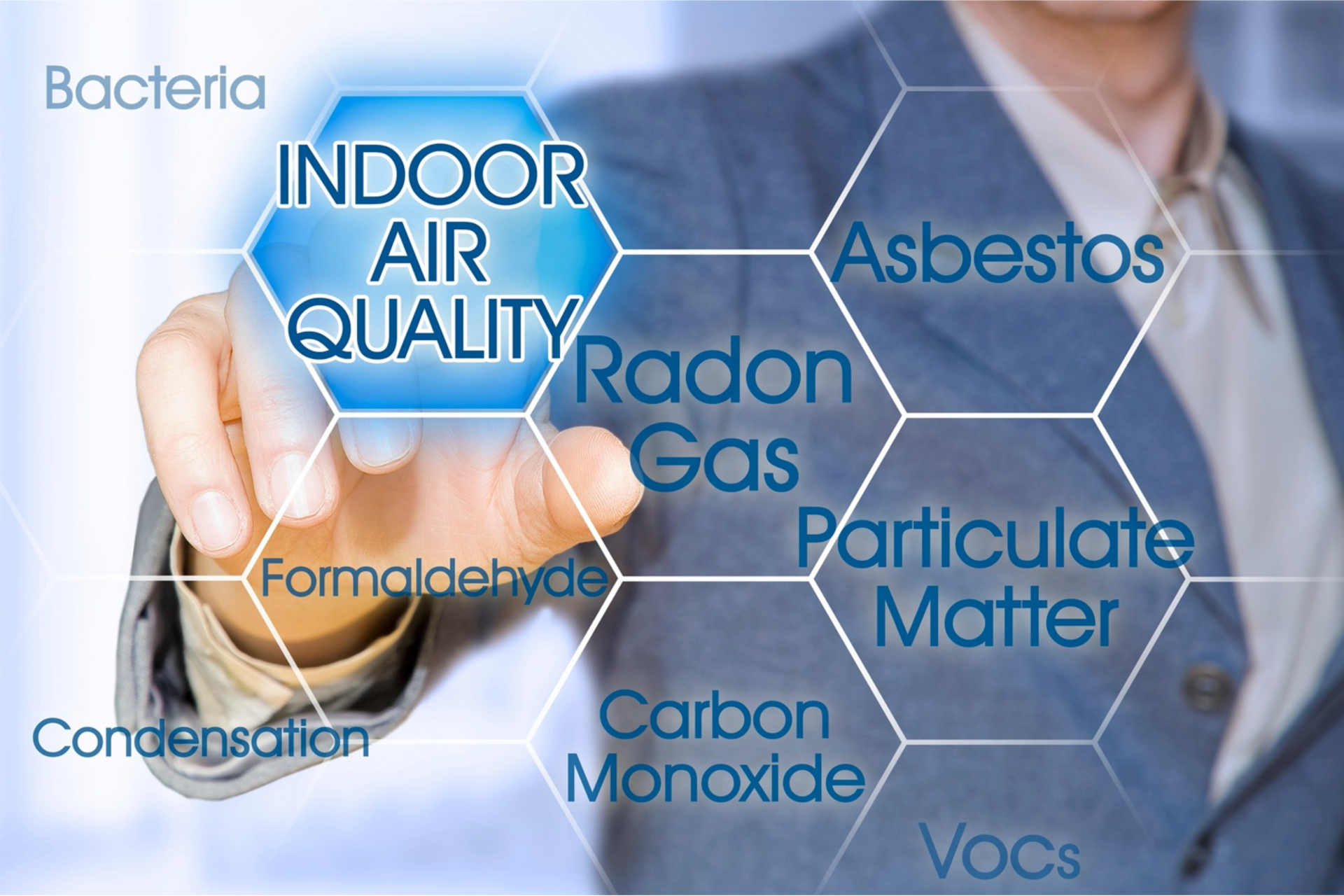How do Radon Mitigation Systems Differ?
How do Radon Mitigation Systems Differ?
Thankfully, lately, radon has been getting the attention it deserves, and it deserves a lot. Besides smoking, it is the leading cause of lung cancer in the United States. It is seemingly unavoidable because it is colorless, odorless, and virtually undetectable to the natural five senses. Radon is a naturally occurring element found prominently in counties throughout DuPage, Will, Kankakee, Grundy, Kendall, and Cook counties. So, to sum up: Radon is a potentially lethal gas that you cannot naturally observe, and you may have already been exposed to it. So yes, it is very fortunate it is receiving its due notoriety. Thankfully, at Precision Enviro Services, we have literally gotten the testing process for high radon levels down to a science. There are very few variables when it comes to performing a successful test. However, radon mitigation is a different story. The story may be different, but the ending remains the same. The expert radon mitigation professionals at Assure Mitigation Services know how to keep best the residents of any building safe from the dangers of radon poisoning. However, unlike our testing process, multiple ways to mitigate a home exist.
Some of the most common types of radon mitigation systems include:
Active Soil Depressurization (Exterior)
An active soil depressurization system is typically used in homes with a crawl space. A fan is installed in the crawl space, and a pipe is run from the fan to the outside of the house. The fan creates negative pressure in the crawl space, which pulls radon gas out of the soil and prevents it from entering the home.
Active Soil Depressurization (Interior)
This type of system is most effective for homes with a basement. A pipe is installed through the foundation and into the soil underneath the basement floor. The pipe is connected to a fan, which creates negative pressure and draws the radon gas out of the soil and away from the house.
Active Soil Depressurization (Slab)
This type of system is most effective for homes with a concrete slab foundation. A pipe is installed through the foundation and into the soil underneath the house. The pipe is connected to a fan, which creates negative pressure and draws the radon gas out of the soil and away from the house.
Crawlspace Sub-Membrane Depressurization (CSD)
This type of system is most effective for homes with a crawlspace. A plastic sheet is installed over the crawlspace floor, and a pipe is connected to the sheet. The pipe is connected to a fan, which creates negative pressure and draws the radon gas out of the soil and away from the house.
Sump Pit Radon Mitigation Systems
This type of system is most effective for homes with a sump pit. A pipe is installed from the sump pit to the outside of the house. The pipe is connected to a fan, which creates negative pressure and draws the radon gas out of the soil and away from the house.
No matter which type of system you choose, it’s important to have it installed by a qualified professional. Radon mitigation systems can be very effective at reducing radon levels in your home, but only if they’re installed properly.
Precision Environmental Services is licensed and certified in testing radon, mold, asbestos, and indoor air quality. Call us today at 708-625-4488.
You might also like
Book a Service Today
We will get back to you as soon as possible
Please try again later
Counties We Serve
Dupage County, Kendall County, Cook County, Kankakee County, Will County, and Metro Chicago Area south and west communities



